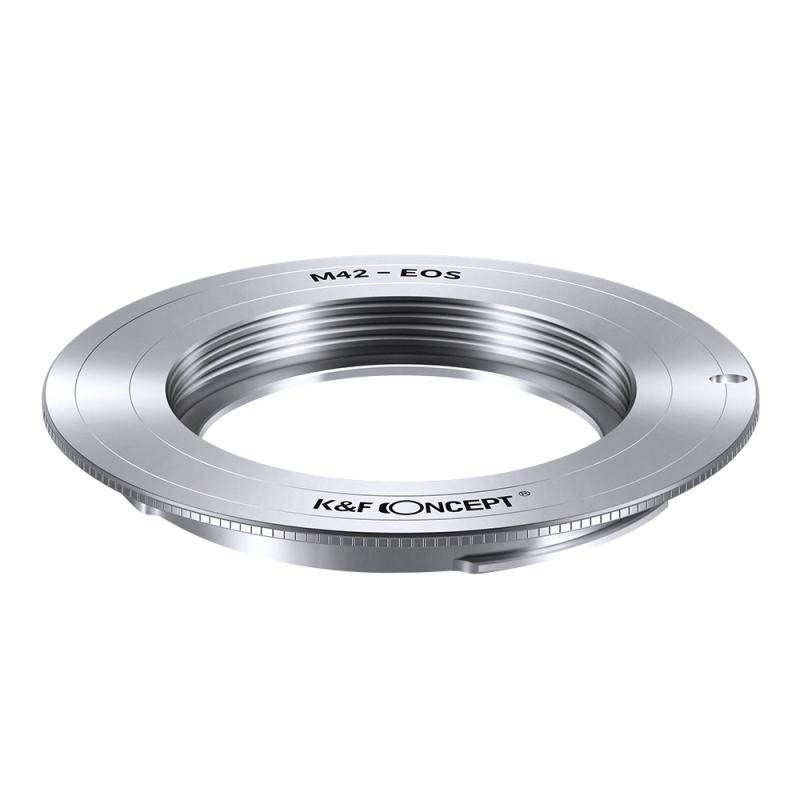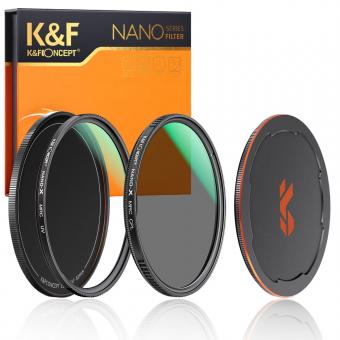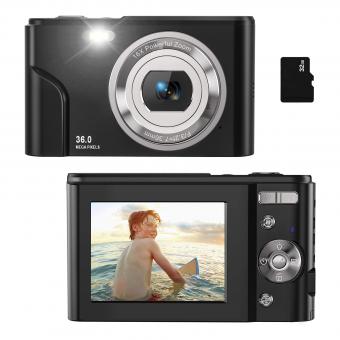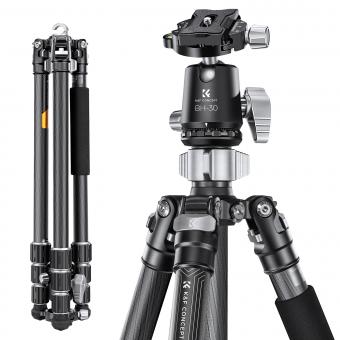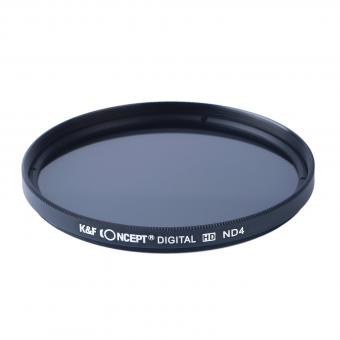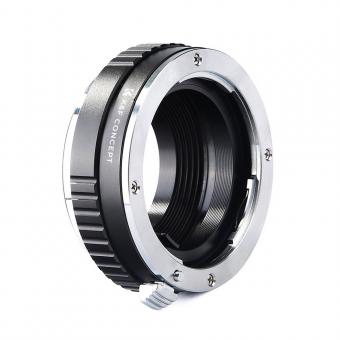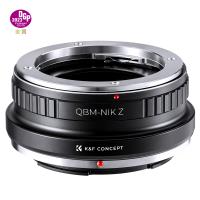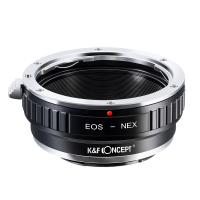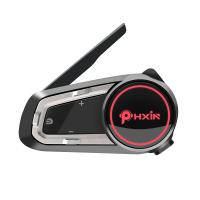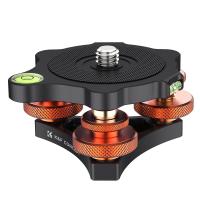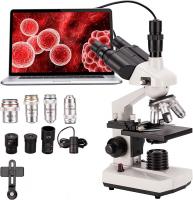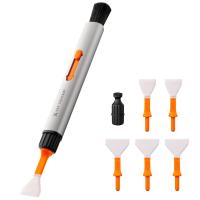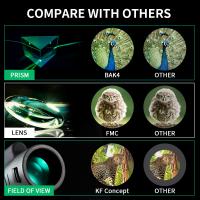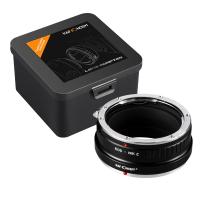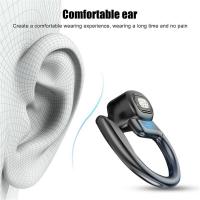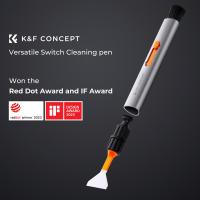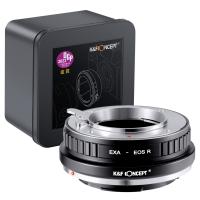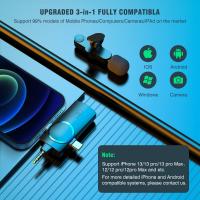How To Turn Disposable Camera Into Digital ?
To turn a disposable camera into a digital camera, you would need to disassemble the disposable camera and remove the film. Then, you would need to install a digital image sensor and a memory card slot into the camera body. Additionally, you would need to add a digital display screen and a power source, such as batteries or a rechargeable battery pack. Finally, you would need to connect all the components together and ensure they are properly functioning. However, it is important to note that this process requires advanced technical knowledge and skills in electronics and camera modification. It is not a simple task and may not be feasible for everyone.
1、 Disassembling the disposable camera for digital conversion
Disassembling the disposable camera for digital conversion is a popular DIY project that allows photography enthusiasts to repurpose their old film cameras into digital devices. This process involves removing the film mechanism and replacing it with a digital image sensor, enabling the camera to capture and store digital images.
To begin, gather the necessary tools such as a screwdriver, pliers, and a soldering iron. Start by removing the outer casing of the disposable camera, being careful not to damage any internal components. Once the casing is removed, locate the film mechanism and carefully detach it from the camera body. This may involve unscrewing or cutting certain parts.
Next, identify the digital image sensor that will replace the film mechanism. This can be sourced from a broken digital camera or purchased online. Carefully solder the necessary wires to connect the image sensor to the camera's circuit board, ensuring proper electrical connections.
Once the image sensor is securely attached, reassemble the camera, making sure all components fit snugly. It is important to note that this process requires a certain level of technical skill and knowledge of electronics. Therefore, it is recommended to consult online tutorials or seek guidance from experienced individuals.
It is worth mentioning that advancements in technology have made digital cameras more affordable and accessible than ever before. While converting a disposable camera into a digital device can be a fun and educational project, it may not yield the same quality and features as a purpose-built digital camera. Therefore, it is important to consider the purpose and desired outcome before embarking on this conversion.
In conclusion, disassembling a disposable camera for digital conversion involves removing the film mechanism and replacing it with a digital image sensor. This DIY project requires technical skills and knowledge of electronics. However, with the availability of affordable digital cameras, it is important to weigh the benefits and limitations of this conversion before proceeding.

2、 Modifying the camera's circuitry for digital functionality
To turn a disposable camera into a digital camera, you would need to modify the camera's circuitry for digital functionality. This process involves replacing the film with a digital image sensor, adding a digital storage medium, and integrating a display screen for previewing and reviewing images.
Firstly, you would need to remove the film compartment and replace it with a digital image sensor. This sensor would capture the light and convert it into digital signals, mimicking the function of traditional film. The sensor would need to be compatible with the camera's circuitry and provide sufficient resolution for capturing high-quality images.
Next, you would need to add a digital storage medium, such as an SD card or internal memory, to store the captured images. This would require modifying the camera's circuitry to support digital data storage and retrieval.
Additionally, integrating a display screen would allow users to preview and review their images. This could be achieved by adding a small LCD screen to the camera's body, which would require further modifications to the circuitry to support the display functionality.
It is important to note that modifying a disposable camera for digital functionality requires a deep understanding of electronics and circuitry. It is a complex process that may not be feasible for everyone. Furthermore, the resulting digital camera may not match the capabilities and image quality of commercially available digital cameras.
In recent years, advancements in technology have made digital cameras more affordable and accessible. As a result, it may be more practical and cost-effective to purchase a dedicated digital camera rather than attempting to modify a disposable camera.

3、 Adding a digital image sensor to the camera
To turn a disposable camera into a digital camera, one option is to add a digital image sensor to the camera. This process involves removing the film mechanism and replacing it with a digital sensor that can capture and store images digitally.
Firstly, the film mechanism needs to be removed carefully, ensuring that the camera's body remains intact. This can be done by opening the camera and removing the film cartridge, as well as any other components related to film processing.
Next, a digital image sensor needs to be selected and installed. The sensor should be compatible with the camera's body and lens system. It is important to choose a sensor with a suitable resolution and image quality to ensure good results.
Once the sensor is installed, it needs to be connected to a digital storage medium, such as an SD card or internal memory. This will allow the captured images to be stored digitally.
Additionally, a display screen can be added to the camera to provide a live view of the scene and allow for image previewing. This can be achieved by integrating a small LCD screen into the camera's body.
Lastly, the camera's controls and settings may need to be modified to accommodate the digital sensor. This could involve adding buttons or switches to control various settings like exposure, focus, and white balance.
It is worth noting that this process requires technical expertise and knowledge of camera mechanics and electronics. It may be more practical and cost-effective to purchase a dedicated digital camera instead, considering the availability of affordable options with advanced features in the market.
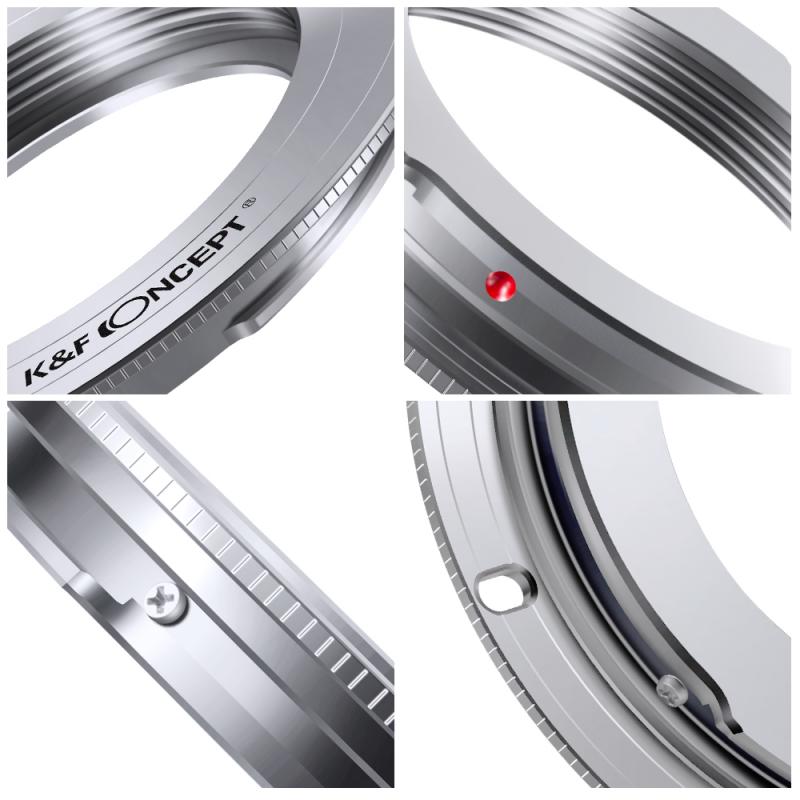
4、 Integrating a digital display screen for image preview
To turn a disposable camera into a digital camera, one of the key steps is to integrate a digital display screen for image preview. This allows users to see the captured images instantly, enhancing the overall experience and convenience of using the camera.
The first step in this process is to disassemble the disposable camera and remove the film mechanism. This creates space for the digital components to be integrated. Next, a digital image sensor needs to be installed in place of the film mechanism. This sensor will capture the images and convert them into digital data.
Once the image sensor is in place, a digital display screen can be integrated into the camera body. This screen should be of sufficient size and resolution to provide a clear and detailed image preview. Additionally, it should be touch-sensitive to allow for easy navigation through the camera's settings and options.
To power the digital components, a rechargeable battery can be added to the camera. This will ensure that the camera can be used for an extended period without the need for frequent battery replacements.
Lastly, a memory card slot can be incorporated into the camera to store the captured images. This will allow users to easily transfer the digital images to a computer or other devices for further editing and sharing.
It is important to note that the process of turning a disposable camera into a digital camera requires technical expertise and knowledge of electronics. Therefore, it is recommended to seek professional assistance or guidance to ensure the successful integration of the digital components.
From a latest point of view, advancements in technology have made it easier to convert disposable cameras into digital ones. With the availability of compact and high-resolution image sensors, touch-sensitive displays, and efficient rechargeable batteries, the process has become more streamlined and user-friendly. Additionally, the decreasing cost of these components has made the conversion more affordable for enthusiasts and hobbyists.
Overall, integrating a digital display screen for image preview is a crucial step in turning a disposable camera into a digital one. It enhances the functionality and usability of the camera, allowing users to instantly preview and review their captured images.
